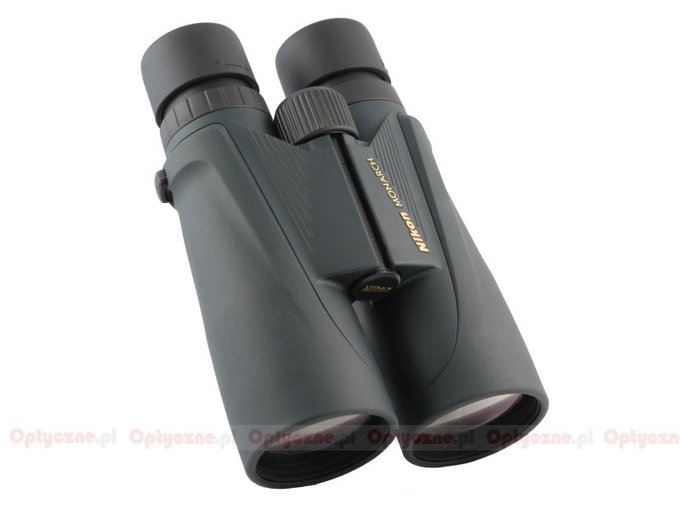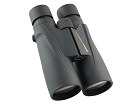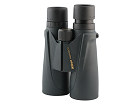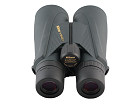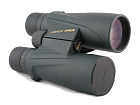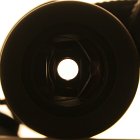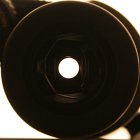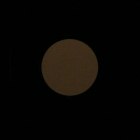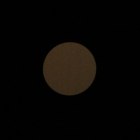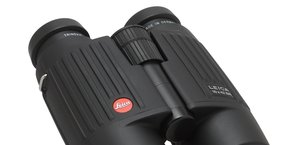Nikon Monarch 8.5x56 DCF
In 2006 Nikon decided to enlarge significantly the line-up of China-manufactured Monarchs. That year they stopped producing Sporter I 8x36 and 10x36 models so Monarchs with the same parameters took their place (of course the price went up too by the way). Additionally, the offer was extended by typically night instruments with the 8.5x56, 10x56 and 12x56 parameters, aimed at hunters and astronomy enthusiasts.
The 8.5x56 model is a classic night set of binoculars with a wide exit pupil. The 10 and 12x instruments fill a market gap as there’s lack of binoculars with wide diameter of objective lenses and about 5 mm exit pupils – in short perfect night instruments for elderly people whose eye pupil doesn’t widen to 6-7 mm anymore even in complete darkness.
The Monarch series binoculars have all lenses and prisms covered with antireflection multilayer coatings which should ensure good transmission level. Roof prisms, made of BaK-4 glass, are additionally phase correction coated and covered by mirror coatings with a good light reflection coefficient to provide a very bright image. The exit pupil is moved away significantly - it is supposed to ensure a crisp image in the whole field of view, even for those who wear glasses. The binoculars feature eco-glass optical elements without lead or arsenic. Apart from that, the Monarchs are waterproof (down to 1 meter for 5 minutes) and fog-proof because of nitrogen filling. Their barrel is made of polycarbonate resin reinforced with fiberglass and rubber-armoured to make the whole device shock-proof and comfortable to hold.
The binoculars come with a 10-year-long guarantee and the producer includes in box a case, a strap, objective lenses covers and a rainguard.
| Magnification | Lens diameter | Angular field of view | Prisms | Eye relief | Weight | Price |
|---|---|---|---|---|---|---|
| 8.5 | 56 | 109/1000(6.2o) | BaK-4/roof | 19.2 mm | 1140 g | 2199 PLN |
Summary
Pros:
- sharp image almost to the very edge of the field,
- well corrected astigmatism,
- slight coma although still noticeable at the edge of the field,
- solid casing, very comfortable to hold,
- high quality BaK-4 prisms,
- nice and not truncated exit pupils,
Cons:
- significant chromatic aberration, especially visible at the edge of the field of view,
- for a night pair of binoculars the transmission could have been better (but it is not so easy in the case of a roof-prism instrument)
When Nikon decided to enter the low light conditions binoculars market they made a very good move. There was a huge gap in the photo-optical equipment offer, especially manufactured by renowned producers. Konica-Minolta didn’t use to manufacture binoculars with objective lenses wider than 50 mm, and neither Canon nor Olympus produce them. It leaves, in fact, only Fuji, Zeiss and, until recently, Leica and Minox. Nikon’s offer is also the cheapest and with interesting magnification range (8.5, 10 and 12x). It allows you to choose an instrument adjusted perfectly to your needs. Somebody younger than 45, interested by night observations, might prefer a 8.5x56 model, older hunters will like a 10x56 model and many astronomy fans – a 12x56 instrument.
The magnification used in the 8.5x56 device is also very interesting. A classic night pair of binoculars magnifies 8 times and that’s why it has a 7 mm exit pupil – it is exactly the size of a young man’s eye pupil in total darkness. The problem is that hunters don’t shoot in total darkness but, in the majority of cases, in the moonlight, and in such a case their eye pupil doesn’t always widen up to 7 mm. Launching a set of binoculars with the 6.6 mm exit pupil is perhaps a move in the right direction then and a clear sign that the Monarch 8.5x56 is aimed at night hunting enthusiasts.
For about 300 USD we get an instrument practically without serious flaws. It lags behind much more expensive competitors like a Steiner Night Hunter or a Docter Nobilem just because its worse transmission and higher chromatic aberration. The first fact shouldn’t surprise us at all. The competitors, mentioned above, are all Porro constructions in which you don’t lose light on prisms because of the total internal reflection phenomenon. In roof Schmidt-Pechan prisms binoculars, though, we deal with an additional reflective surface. If we coat it with ordinary aluminum which, even freshly powder-coated, reflects just 90-92% of light, we get almost 10% of transmission loss at the very start. Of course you can use hard coating aluminum or even silver and improve the reflection factor up to 98% but I don’t think the Monarch constructors would like to go that way because then the binoculars wouldn’t cost 300 USD.
Anyway, our test’s score reflects very positive on the Monarch so it is good no expensive coatings were used after all. These binoculars are able to fill the gap between the Steiner, mentioned above, the Docter, and cheaper constructions such as a Vixen Ultima, an Ecotone LD-II or an Eschenbach sector D.




